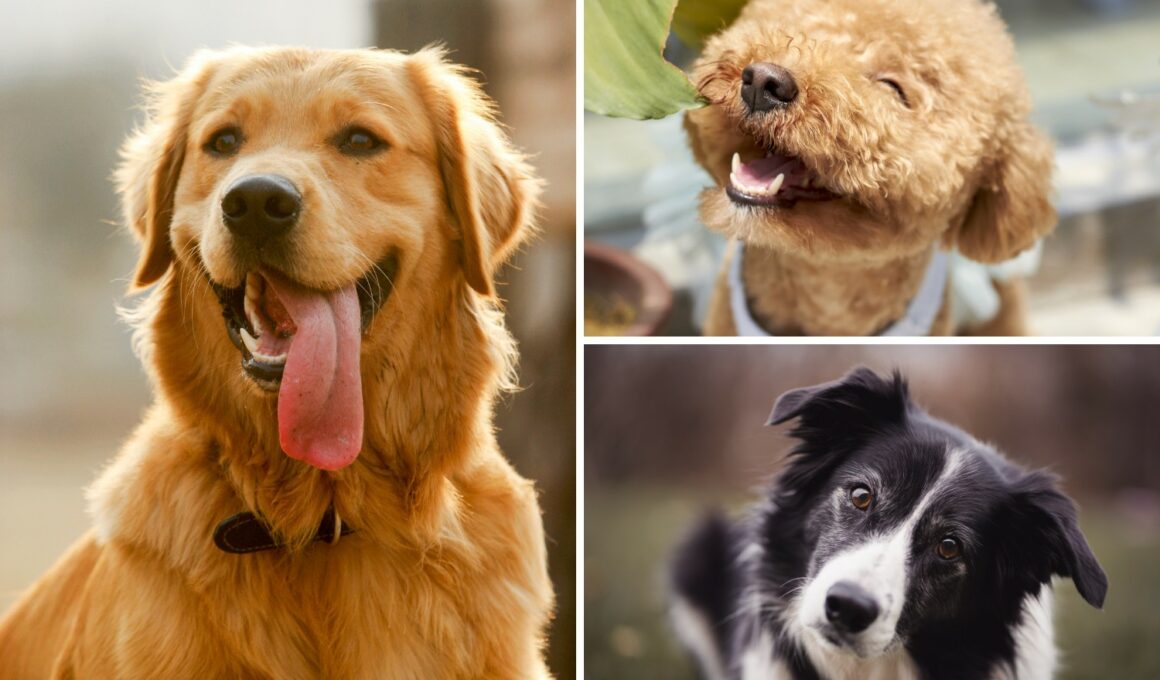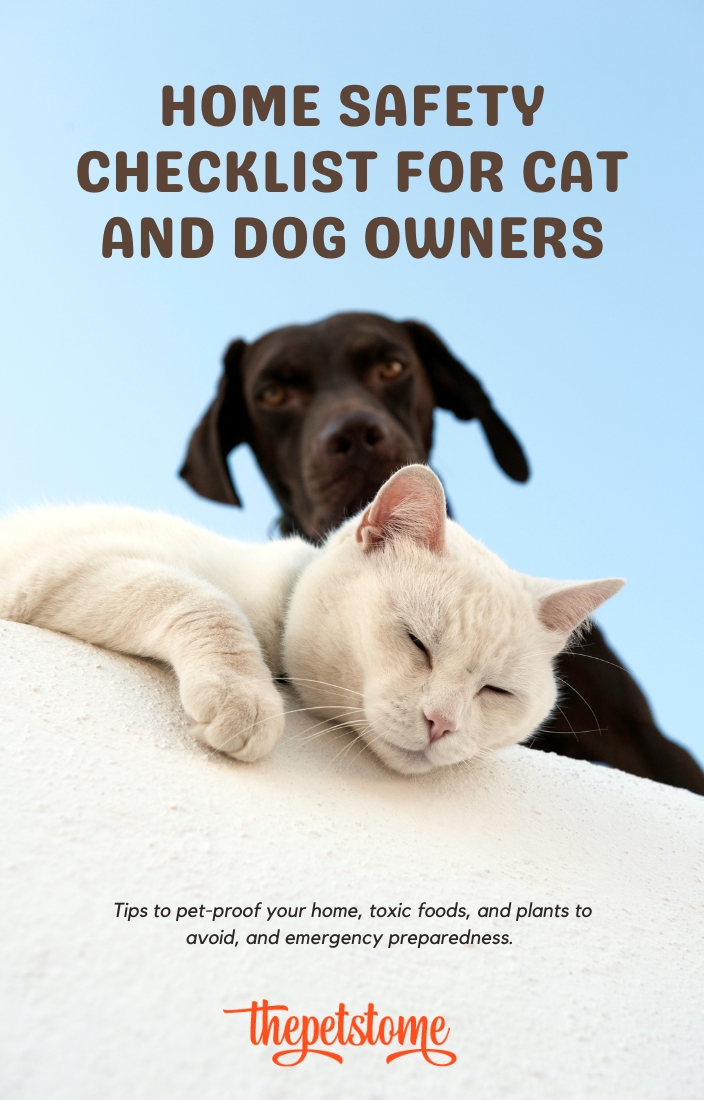Table of Contents Show
Ever wondered which dog breeds make the best companions for your feline friend? You’re not alone. As a devoted dog parent and writer passionate about all things “pooch,” I’ve asked myself the same question.
Choosing the right dog breed to join a household with a cat is more than just a game of chance. It’s about compatibility, temperament, and yes, even friendship.
When you get the pairing right, your home becomes a haven of interspecies harmony. Get it wrong, and well, you’re orchestrating a live-action Tom and Jerry show—and trust me, it’s not as fun as the cartoons make it look.
In this blog post, we’re going to dig into the world of dog and cat friendships. Specifically, we’ll explore which dog breeds are best suited to share a home with a cat, and why.
Factors To Consider When Pairing A Dog With A Cat
So, you’re thinking about making a canine addition to your feline-friendly home. That’s exciting! But before you jump in paws first, there are some essential factors to consider. Understanding these can help ensure that your dog and cat not only tolerate each other but actually enjoy each other’s company.
1. Temperament
The temperament of both your cat and the dog breed you’re considering is paramount. Some dogs are naturally more relaxed and less reactive, which often sits well with independent and sometimes aloof cats.
On the flip side, some dog breeds are too excitable or aggressive, which might stress out your feline companion. Do a bit of research and perhaps consult a veterinarian or a pet behaviorist to assess compatibility.
2. Energy Levels
You’ve seen those hyperactive dogs at the park, right? Well, a ball of energy might be fun during playtime but could overwhelm a laid-back cat. Matching energy levels—or at least ensuring they’re compatible—is vital.
Look for a breed whose energy level complements that of your cat; otherwise, you might have a frazzled feline and a bored pup on your hands.
3. Size
While it’s tempting to think that smaller dogs will naturally get along better with cats, that’s not always the case. Size does matter, but it’s not the sole determining factor. Some large breeds are incredibly gentle and make excellent companions for cats.
The key is to consider how their size affects their interaction. Will the dog see the cat as a playmate, or will its instincts urge it to chase?
4. Prey Drive
“Prey drive” might sound a bit ominous, but it’s essentially the instinct that some dogs have to chase smaller animals. Breeds with a high prey drive might not be the best fit for a household with a cat. You don’t want to trigger those natural hunting instincts inadvertently.
5. Socialization
Last but certainly not least, consider the role of socialization. A dog that has been well-socialized is usually more adaptable and less stressed when introduced to new animals, including cats. If you’re adopting a puppy, this is a factor you can control to some extent through early exposure and proper training.
The Best Dog Breeds For Cats
You’ve made it this far, which means you’re serious about finding the ideal canine companion for your cat. So, let’s get down to business and discuss some of the best dog breeds that tend to get along well with our feline friends.
1. Golden Retrievers
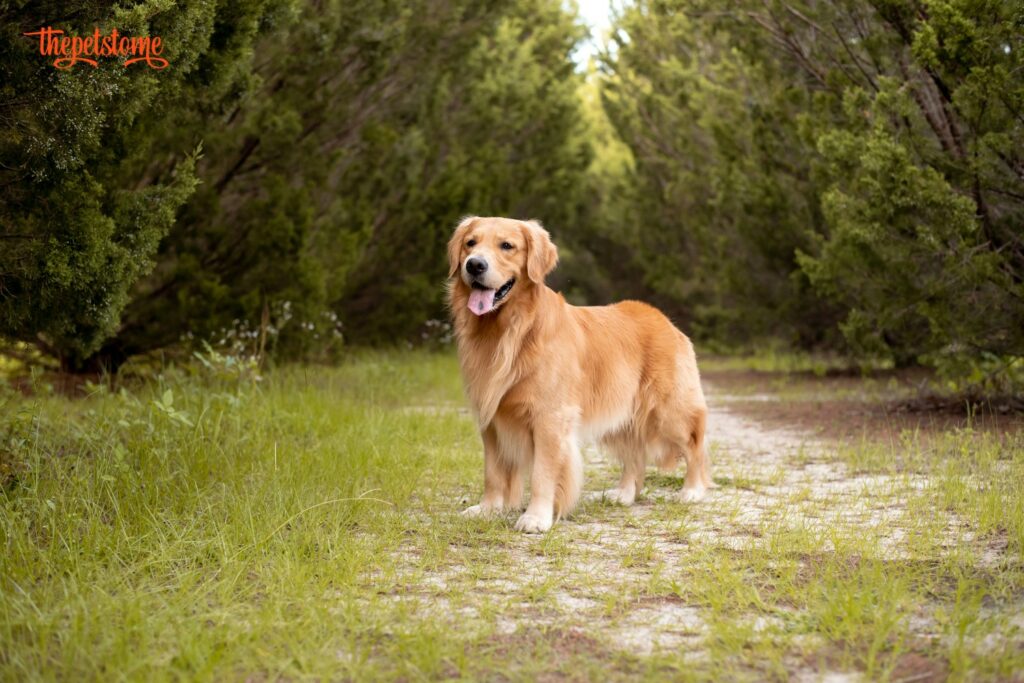
Ah, the Golden Retriever—a classic choice, and for good reason. Known for their friendly and tolerant nature, these dogs often adapt well to living with cats.
They’re not overly energetic to the point of annoying a cat but are playful enough to engage in some interspecies playtime. Plus, their loyal personality means they’ll likely become protective of their feline housemate.
2. Poodles
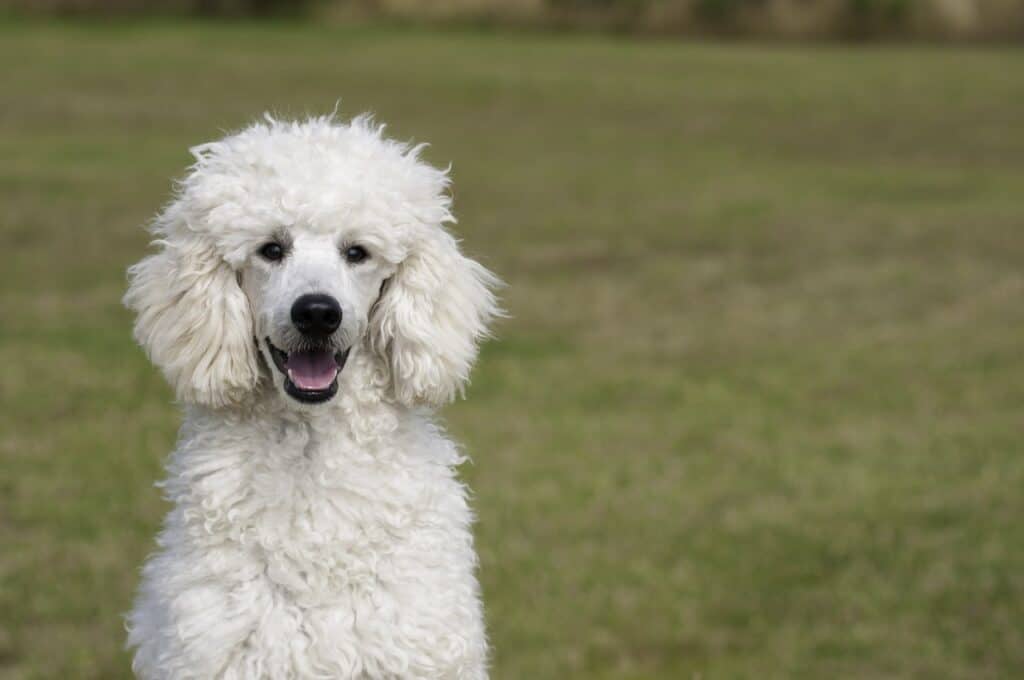
Whether it’s a standard, miniature, or toy poodle, this breed’s intelligence and friendly demeanor make it a great option. Poodles are generally good with kids and other pets, cats included. Their curly, hypoallergenic coat is an added bonus, especially for households concerned about allergies.
3. Bichon Frises
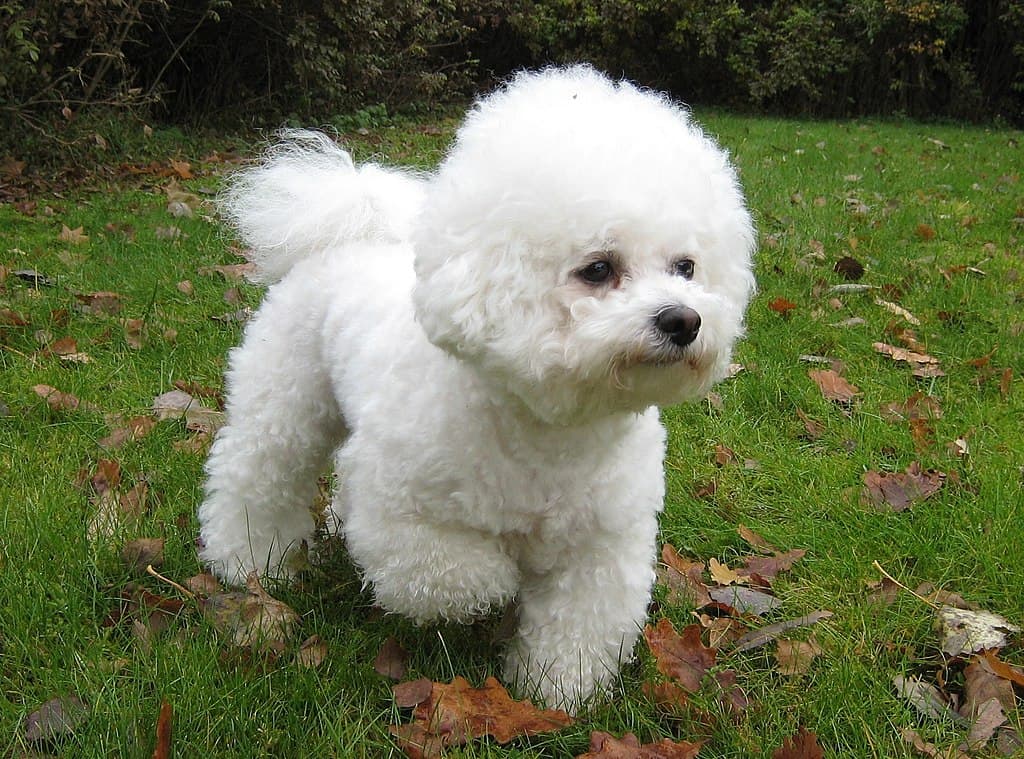
The Bichon Frise is small but comes with a big heart. This breed is cheerful, adaptable, and generally less aggressive, making it less likely to chase or frighten your cat. Their playful nature can make for some adorable dog-cat playdates too!
4. Malteses
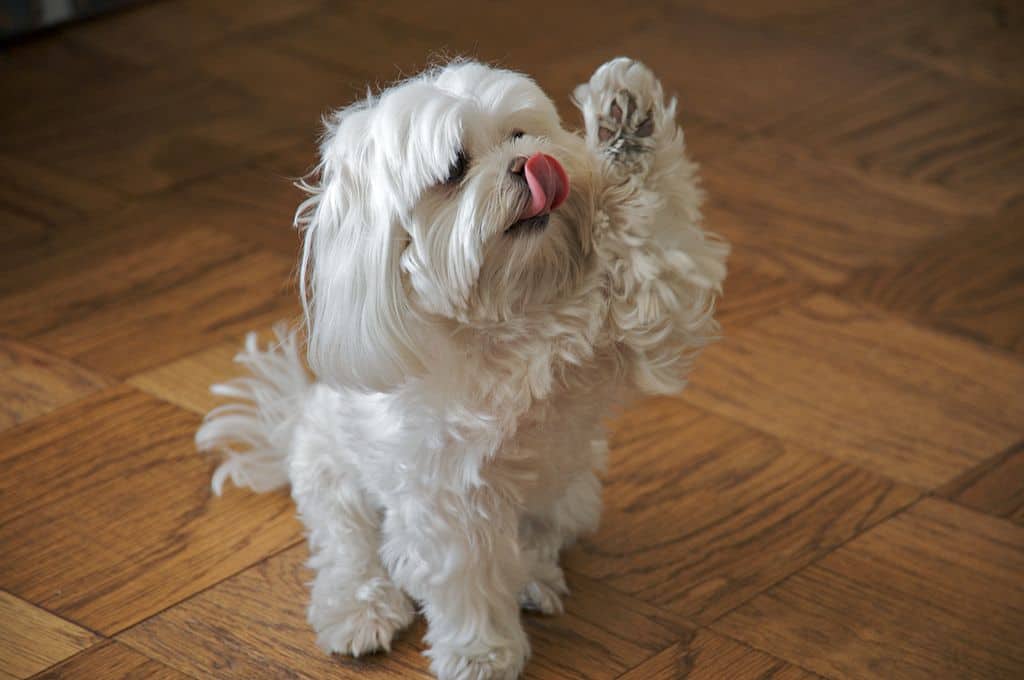
Another small breed, the Maltese, is known for its gentle and affectionate nature. Though they can be a little wary of strangers, Maltese dogs usually get along well with other animals in the house, cats included. Their low energy level often makes them agreeable lounging partners for cats.
5. Boxers
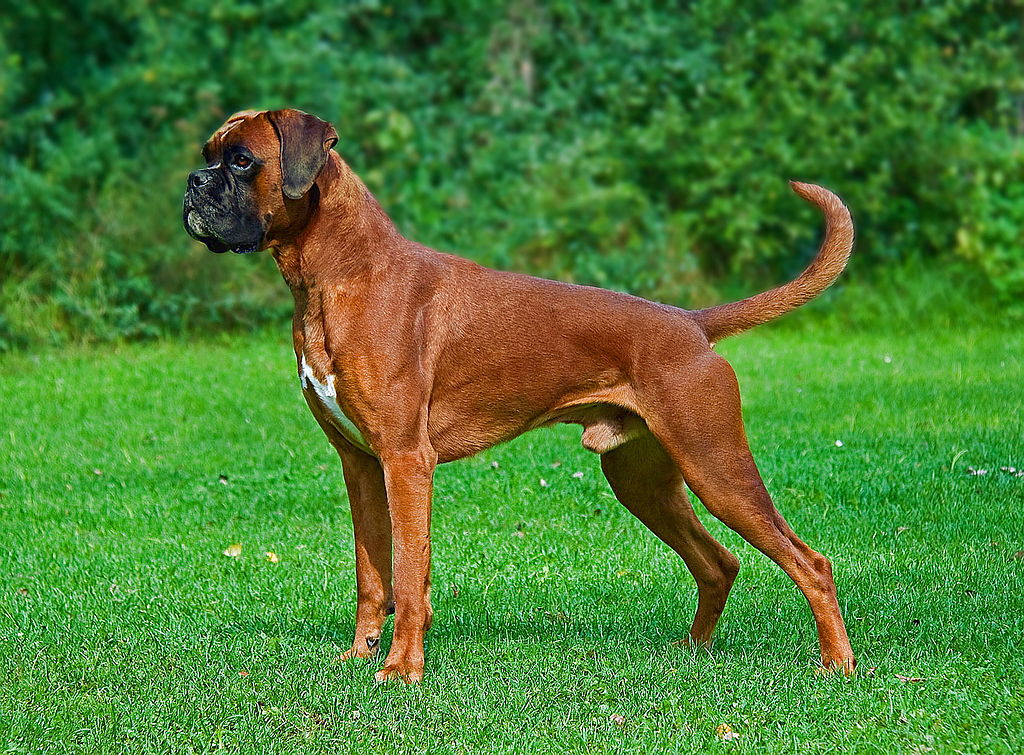
A Boxer might seem like an odd choice, given its size and energy, but don’t be fooled. Many Boxers are incredibly gentle and get along wonderfully with cats, especially when they’re socialized early. They may have a strong build, but they’re often big softies at heart.
6. Beagles
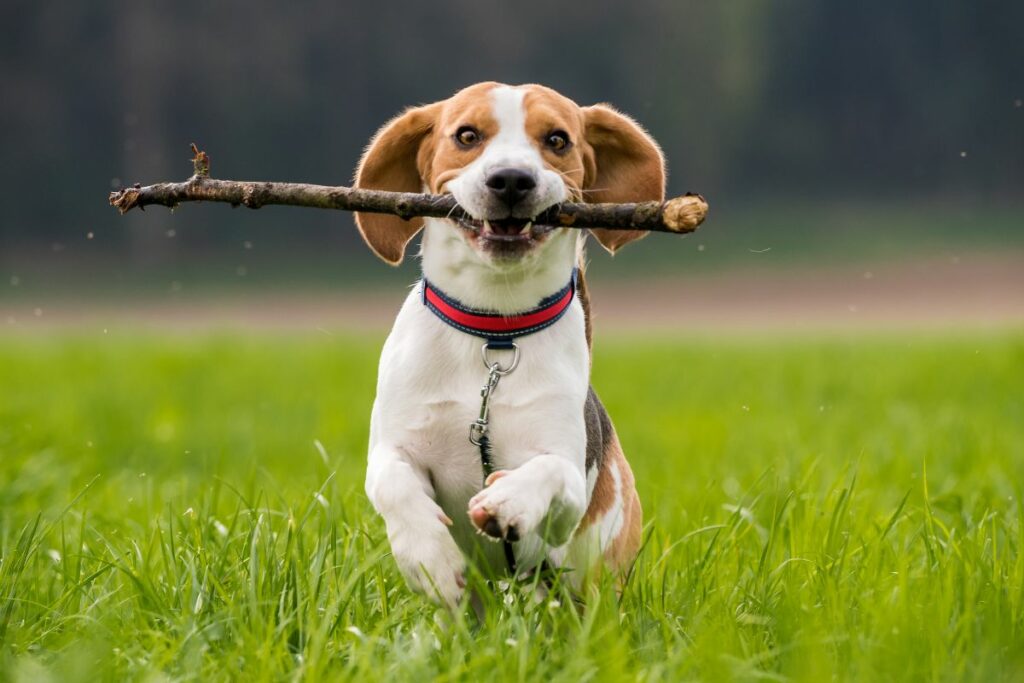
The Beagle is an interesting case. Originally bred for hunting, you’d think they’d have a high prey drive. However, Beagles are generally friendly and get along with just about everyone—cats included. Their docile temperament and medium energy level make them a surprisingly good match for many cats.
7. Collies
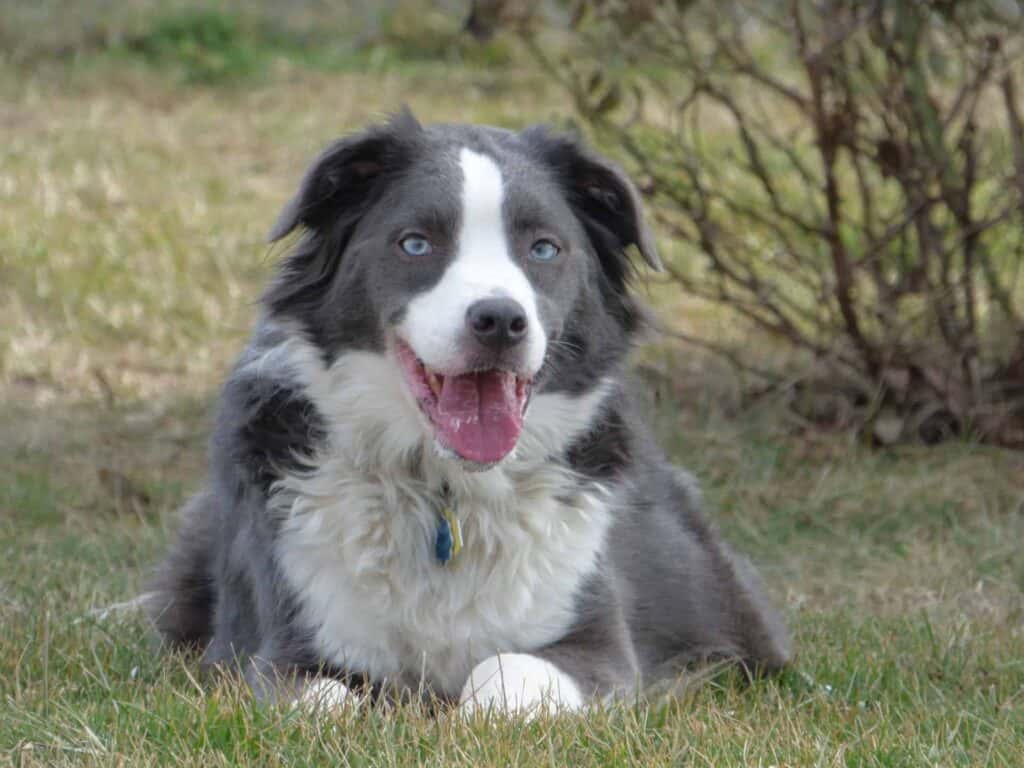
Last but not least, the Collie. Famous for its herding skills and intelligence, the Collie is also a kind and gentle breed. They’re usually protective and loving towards all members of their family, making them an excellent choice for multi-pet households.
These are just some of the dog breeds known for their compatibility with cats. While the breed is an important factor, remember that every dog is an individual. Always consider factors like temperament and socialization before making your final decision.
Tips For Introducing A Dog To A Cat
So, you’ve picked out the perfect breed, and you’re ready to bring your new pup home to meet the resident feline. But wait! Pump the brakes for a moment. A smooth introduction can go a long way toward creating a happy, peaceful multi-pet home. Here are some tried-and-true tips to guide you through the process.
1. Take It Slow
I know you’re eager, but first impressions matter—even for pets. Start by keeping your dog and cat separated for the first few days. Allow them to sniff each other’s belongings and get accustomed to each other’s scent. Gradual exposure can help reduce stress and make the actual meeting less confrontational.
2. Neutral Ground
If possible, let your dog and cat meet for the first time in a neutral location. This prevents either pet from feeling territorial, which can trigger aggressive behaviors. Once they’ve met and seem to be getting along, then you can bring them both into the home together.
3. Scent Familiarization
Before they meet face-to-face, swap some bedding or toys between the two pets. This allows each to become accustomed to the other’s scent, helping to create a sense of familiarity before the actual introduction.
4. Supervision
The big moment has arrived! For the first few face-to-face interactions, always supervise closely. Keep your dog on a leash and allow your cat the freedom to approach or retreat. Watch for signs of stress or aggression from either pet and be prepared to intervene if things start to go south.
After several supervised meetings, if all seems well, you can allow them to interact more freely under your watchful eye. Only once they’ve consistently shown that they can get along should you consider leaving them alone together.
What To Avoid When Introducing New Dog To Your Cat
You’ve got the breed, you’ve done the introduction, but wait—there’s more. Sometimes knowing what not to do is just as important as knowing what to do. Here are some critical mistakes to avoid when introducing your new dog to your cat.
1. Breeds Typically Not Recommended
While it’s true that individual temperament can often trump breed characteristics, there are some breeds generally not recommended for feline households.
Breeds with high prey drives like certain terriers or greyhounds, for example, might find it challenging to resist the urge to chase. If you’re determined to get one of these breeds, extra caution and specialized training will be necessary.
2. Rushing the Introduction
I can’t emphasize this enough—take it slow. Rushing the introduction might lead to negative first impressions that can be hard to shake off later. A rushed introduction might result in stress, fear, or even aggression between the two pets.
3. Forcing Interaction
It’s natural to want to see immediate friendship between your pets, but forcing them into close proximity can backfire. Let them approach each other at their own pace. Forced interactions can lead to fear or aggression, making it harder for them to form a peaceful relationship.
4. Lack of Supervision
Even if the initial meetings go well, it’s essential to continue supervising their interactions until you’re sure they get along. An unsupervised encounter could lead to a fight or injury.
5. Ignoring Signs of Stress or Discomfort
Keep an eye out for signs of stress or discomfort in both pets—like hissing, growling, or attempts to escape—and be prepared to intervene. Ignoring these signs can result in a harmful situation for both your cat and your new dog.
Wrapping Up
So there you have it—the scoop on finding the perfect dog breed to complement your cat-loving household. From understanding key factors like temperament and energy levels to exploring dog breeds known for their feline compatibility, you’re now armed with the knowledge to make an informed decision.
Just remember, take it slow, always supervise early interactions, and avoid common mistakes. With the right approach, you’ll be setting the stage for a long-lasting friendship between your dog and cat.





